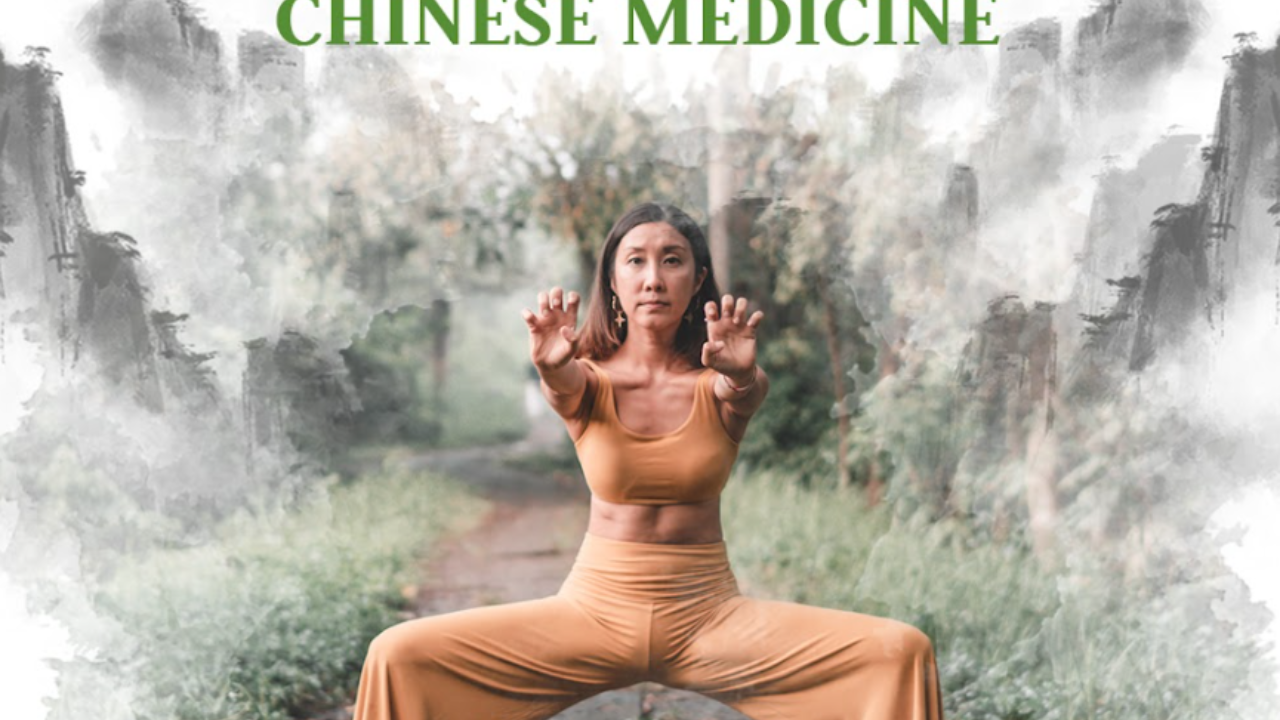
Qigong and Yoga
Mar 06, 2022What are the similarities and differences between Qigong and Yoga? In this article, we will discuss this frequently asked topic. You can also watch this vlog by White Tiger Qigong Teacher Ariel, where she discusses this topic. We will be using this as the main skeleton for this blog.
Qigong and Yoga Similarities
Qigong and Yoga are both ancient practices. Both of them have their benefits and are wonderful practices on their own. Moreso, these two practices are very deep and vast.
There are more than 3,000 types of qigong and there are also many types of yoga. Both are very holistic approaches for health, vitality, and awakening human potential. The exercises in both practices are great for harmonizing energy, giving us good health, and releasing pain and stress. Both practices can help awaken human potential. Doing so, helps us achieve deeper self-realization.
Even though these practices differ in the origin, a lot of practitioners enjoy doing both. These two practices very well complement each other.
Differences of Qigong and Yoga
Qigong and yoga both use different energetic maps. We are all humans and we are energetic beings. As energetic beings, we also have different traditions, cultures and influences from our own connection with the divine. From these differences, came different practices and approaches to cultivate the body.
Different traditions agree that our body is not just one dimension. Our bodies have a physical body, mental body, spiritual body, etc. Moreover, these practices not only help cultivate one aspect of our body but helps cultivate every dimension of our body. All these traditions aim to have a holistic approach to healing the body. However, they all have different ways of viewing this, and so, different traditions also have their own techniques to support their system.
In the vlog, Ariel speaks about the 5 main differences that she thinks are the main differences of these two practices. In this blog, we will try to elaborate on these main differences even more.
The 5 main difference mentioned are:
- Energy centers
- Energy channels
- 5 Elements
- Techniques
- Healing Sounds
Energy Centers of Qigong and Yoga
Chakra - Yoga Energy Centers
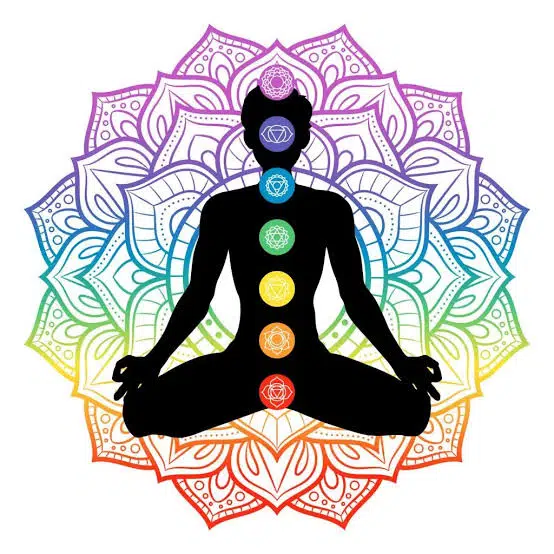

Chakra is a Sanskrit term that means energy centers or "wheel". The chakras lie along our central channel which is the spine.
The main 7 chakras commonly talked about by yogis are:
- Root Chakra
- Sacral Chakra
- Solar Plexus
- Heart Chakra
- Throat Chakra
- Third Eye Chakra
- Crown Chakra
3 Dantians - Qigong Energy Centers
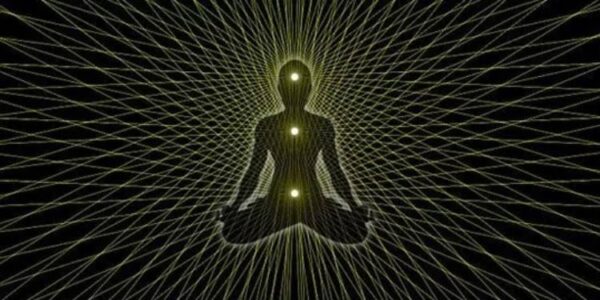
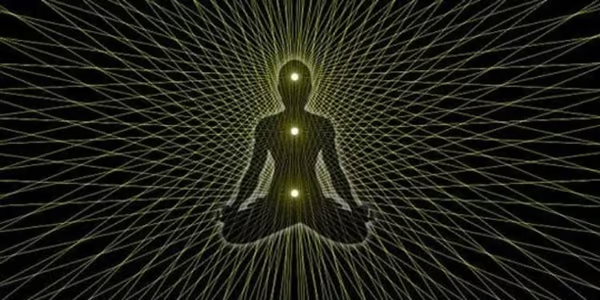
The 3 Dantians are the 3 energy centers in the body according to Chinese Medicine. They house the 3 Treasures namely, Jing (Essence), Qi (Energy), and Shen (Spirit).
Lower Dantian
The Lower Dantian is where our vitality or life force is stored. We can find it three fingers below the navel and 3 knuckles within. This is where we cultivate and store the essence in our body called Jing. Jing is our life source or vitality. Our Jing is the essence we receive from our parents and determines the basic constitutional make-up of our body. It is very similar to DNA.
After birth, it can also be derived through environmental sources. Examples of these environmental sources are the way we are nurtured and other environmental exposures that may affect the expression of our genes (epigenetics). It may also come from sources such as the air we breathe and the food and drinks that we consume.
Middle Dantian
The Middle Dantian holds the Qi. We can find it in the middle of the torso, behind the sternum. When our qi is properly cultivated the Middle Dantian can then act to nourish the organs properly. If we have good funds of jing stored in the Lower Dan Tian it transfers up to the Middle Dan Tian and be converted to Qi. When the Middle Dantian is in good condition we have an open heart and clear spirit. The Middle Dantian is also where the Qi is refined into Shen (Spirit).
Upper Dantian
We can find the Upper Dantian in the center of the brain (within the Pineal Gland). It holds the Shen (Spirit). When the Shen cultivated in the Middle Dantian is sufficient, then we can transfer it up to the Upper Dantian. In the Upper Dan Tian, we cultivate Shen and transform it into Wu Wei (emptiness). It is closely associated with awareness, consciousness, intellect, decision-making, and many more.
Energy Channels
As we were saying earlier, Qigong and Yoga have different energy maps.
Nadis - Yoga energy channels
There are a total of 72,000 Nadis, and among these 14 are important. Out of these 14 important Nadis, 3 are the most important. These 3 most important Nadis are the Center, Left, and Right.
In Yoga, the life energy or prana, circulates through these nadis. When the nadis are not clear and are weak, prana cannot circulate properly. We need to clear blockages from the nadis so that Prana can flow. The flow of prana greatly affects the person's physical, spiritual, and mental health.

Three main nadis:
- Left (Ida nadi ) – This nadi represents mental energy. It starts from the root chakra and then flows to the left side of the body. It integrates with the chakras and then ends in the left nostril.
- Right (Pingala nadi )– This nadi is the origin of prana. It also starts from the root chakra and then flows to the right side of the body. It integrates with the chakras and then ends in the right nostril.
- Center (Sushumna nadi) – This nadi connects with spiritual awareness. It runs through the center upwards, through the spine, running along the chakras. It starts from below the root chakra all the way up to the crown chakra.
Meridians - Qigong energy channels
Meridians are energy channels or pathways where blood and qi flow in our bodies. There are 59 meridians in the body, and 20 of those are important. These 20 meridians include the 12 standard meridians and the 8 extraordinary meridians.
12 Standard Meridians
The 12 standard meridians divide into 6 Yin (Zang) and 6 Yang (Fu) meridians which connect to an organ respectively. Each of the standard meridians is connected from an organ and flows outwards to the extremities of the body. This explains why certain areas in the body or an organ in the body connect to other areas of the body.
8 Extraordinary Meridians
The 8 extraordinary meridians do not connect to any organs. Its main function is to connect and interact with the 12 standard meridians.
2 of the extraordinary meridians, the governing vessel (Du Mai) and the conception vessel (Ren Mai) are two of the most essential.
The Governing Vessel (Du Mai) runs vertically and upwards through the center of the back of the body through the spine. It holds all the Yang meridians together. All the Yang functions concerning the Yang organs and meridians happen in this meridian such as transformation and movement of qi. This meridian is also associated with the Fire path.
The Conception Vessel (Ren Mai) runs vertically and upwards in front of the center of the body. It holds all the Yin Meridians together. All the Yin functions concerning the Yin organs and meridians happen in this meridian such as production and storage of qi. This meridian also associated with the water path.
Another 2 important Extraordinary Meridians are the Chong Mai and Dai Mai. The Chong Mai runs along the spine, and helps connects the body to heaven and earth. The Dai Mai circles around horizontally like a belt along the girdle vessel or waist area. It is the only meridian that runs horizontally.
5 Elements
Both systems have 5 elements. Only 3 of them are similar, which are, Fire, Water, and Earth. The 5 Elements in yoga are Fire, Water, Earth, Air, Space (Ether). In Qigong, based on the Chinese Medicine and Daoist perspective, they have 5 Elements namely: Fire, Water, Earth, Wood, Metal.
Again this variation happens because of the influences of each practice's tradition, culture, and influences.
Techniques
Some of the main differences in techniques between Qigong and Yoga are the purpose of the practice. Qigong focuses more on grounding, cultivating, and storing the energy to promote healing and physical, mental, and spiritual well-being. While Yoga focuses more on "ascension" or "enlightenment".
Yoga
In Yoga, a lot of their exercises focus on "ascending". The purpose of this is to reach "enlightenment" or Samadhi. Yoga poses have a lot of upside-down variations. Some examples are Downward Dog (Adho Mukha Svanasana), Headstands, and many more. The exercises also focus a lot on balance with different parts of the body such as hands, head, and feet. These poses are also held in a variety of levels, most preferably using the mat. Although both practices have their own flow, Yoga is more known for its held poses in comparison to Qigong.
Qigong 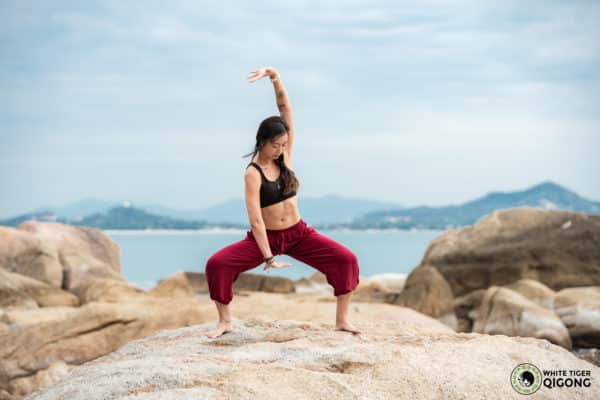
Connecting to the Heaven (Universe) and Earth energy is important to Qigong. We use the Zhan Zhuang or Standing Qigong before and after dynamic exercises to help us root and connect to the energy of heaven and earth. In Qigong, a lot of dynamic exercises are done in stances such as Horse Stance (Ma Bu), Bow Stance (Gong Bu), Drop Stance (Pu Bu), and others. These stances allow for the person to connect to the earth at the same time still connecting to the energy of heaven.
Movements in Qigong are more flowing in comparison to Yoga where there are more held poses. Although there are also held poses in Qigong, the purpose are quite different. In Qigong we hold a pose, for example, in the 5 Element Qigong, to help penetrate the fresh Qi that enters the organ during the peak of the Qigong exercise. In Yoga, we hold poses for physical, mental, and spiritual transformation and breakthrough.
Qigong movements are more about helping remove stagnation, cultivate energy, and allow the qi to flow more freely in the body. The reason for this is to help promote healing and enhance physical, mental, and spiritual well-being.
Qigong may also use different Chinese Medicine techniques as a prescriptive method to execute the Qigong. For example, using prescriptive Yin and Yang, Excess and deficiency, 5 Elements, and many more.
Sound Vibration
Sound vibrations are used in both Qigong and Yoga.
Yoga - Mantras
Yoga is known for the chanting of mantras. One of the commonly used mantras in Qigong is Om (ॐ). It is believed to be the original sound of the universe. Yoga mantras range from one syllable to a whole sentence. Each mantra may mean or symbolize different meanings. In Yoga, chanting of mantras is done as an aid for meditation. It also helps to circulate the life energy (Prana) through the Nadis. It helps someone calm their minds, connect to the divine/universe and reach awakening.
Qigong - 6 Healing Sounds
In Qigong, we use the 6 Healing Sounds. Each 6 Healing Sounds connect to a particular organ.
6 Healing Sounds:
Ha - Heart / Fire Element
Ssi - Lungs / Metal Element
Whoo - Spleen / Earth Element
Shoo - Liver / Wood Element
Shee - Triple Burner
These sounds were based on the observation of ancient people on the sound patterns of people and its connection to a certain emotion. Sounds have always been part of the human being. We express ourselves through sounds. The ancient Qigong practitioners observed that using sounds promotes healing emotionally. Also, the 6 Healing sounds can be expressed in different ways depending on what is needed for the person. This is determined by prescription methods of Chinese Medicine.
In Chinese Medicine, our organs connect to a particular emotion and vice versa. These sound vibrations focus on healing rather than reaching a spiritual state and aid meditation. It can be done during a dynamic qigong, static qigong, or breathwork qigong. However, Chinese Medicine also knows that the body is intrinsically connected to the spirit. So, to have a good spirit one must have a good body and vice versa. If we do not heal our body first, we cannot heal and connect to our spirit.
Experience is the best teacher
These are only some of the Similarities and Differences of Qigong and Yoga. However, the best way to find your answer is to really experience and learn this yourself. I hope that this blog helped you understand this topic a little bit more. If you want to experience this deeper, please check out White Tiger Qigong's new course.
If you want to dig deeper, please check out White Tiger Qigong's new Qigong Yoga course.
Or download our FREE ebook Qigong for Yogis.
Sources:
• 2020, April 20. Chakra. Yogapedia. https://www.yogapedia.com/definition/4964/chakra
• Quinn, D. 2020, December 28. What is Dantian? The Energy Centers of Chinese Medicine. Healthline. https://www.healthline.com/health/dantian#locations
• Epigenetics and Child Development: How Children's Experiences Affect their Genes. Center of Developing Child Harvard University. https://developingchild.harvard.edu/resources/what-is-epigenetics-and-how-does-it-relate-to-child-development/
• 2019, September 3. Nadi. Yogapedia. https://www.yogapedia.com/definition/5028/nadi
• Me & Qi. 2018, April 24. What are Meridians in Chinese Medicine?. Me & Qi. https://www.meandqi.com/journal/what-are-meridians-in-chinese-medicine
• Reninger, E. 2019, July 22. The Eight Extraordinary Meridians. Learn Religions. https://www.learnreligions.com/the-eight-extraordinary-meridians-3183196
• 2018, May 29. Mantra. Encyclopedia.com. https://www.encyclopedia.com/philosophy-and-religion/eastern-religions/hinduism/mantra
• New York State License Board Certified Doctor of Acupuncture. 2020, December 22. The Chong Mai Vessel. Acupuncture is my Life. https://acupunctureismylife.com/the-chong-mai-vessel/
• Extraordinary Vessels - Dai Mai. Release Integrative Medicine. https://www.releasellc.com/blog/extraordinary-vessels-dai-mai



